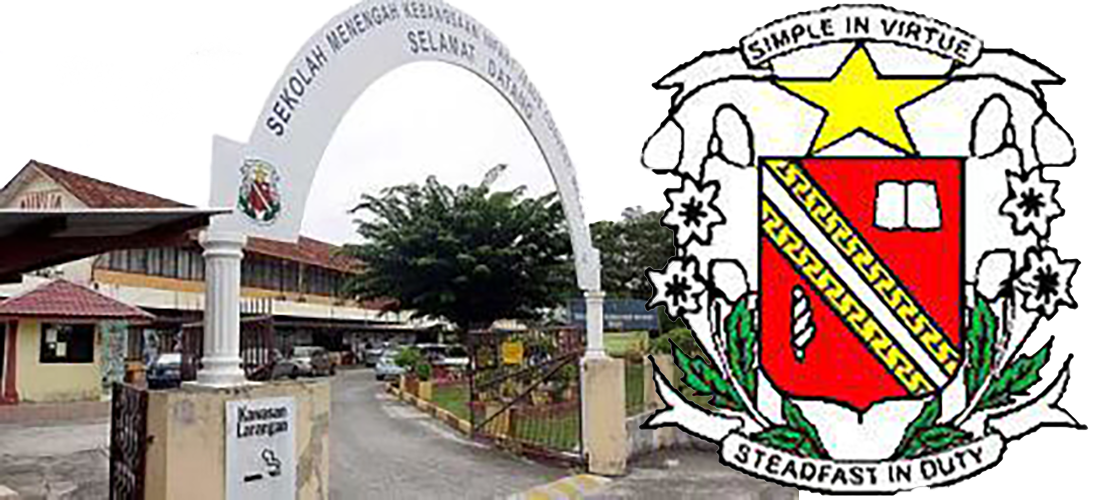Tired and happy.
Special Thanks from us to Pn. Aidah for supporting us.
 |
| DISCUSSING OUR PARTS |
 |
 |
| Q&A SESSION |
 |
| PRESENTATION SESSION |

What makes us tick? Bio of course...thus the name ProBio'Ticks'. As the writers of this blog , let us introduce ourselves.We are the students of SMK Infant Jesus Convent and we have established a blog called ProBio'Ticks' on 19th February 2015 as we are involved in a school education programme.We are hoping that this blog will benefits our viewers and us through your comments and viewing status.
 |
| Nur Insyirah Razali selaku Ketua Kumpulan membuat bahagian widget dan hiasan blog |
 |
| Buat ape tu Izzyani?? |
 |
| Kami menggunakan makmal komputer ketika ketiadaan guru dalam kelas dan lepas sekolah |
 |
| Umaira yang sibuk dengan kerjanya bahagian KBAT |
 |
| Kami merujujk buku serta internet bagi berkongsi bahan BBM dan Soalan KBAT |
Type of Solution
|
Hypotonic
|
Isotonic
|
Hypertonic
|
Animal Cell
|
The cell inflates due to the water molecules enter the cell. Eventually it bursts (thin plasma membrane). Example: red blood cell in distilled water.
|
No change in the size of cell. Net movement of water is zero. Example: red blood cell in 0.85% sucrose solution.
|
The cell shrinks and becomes soft and dehydrated due to the water molecule leave the cell. Example: red blood cell in 5% sodium chloride solution.
|
Plant Cell
|
The cell expands and becomes firm / turgid due to the water molecules enter the cell. The rigid cellulose cell wall expands slightly and prevents cell from bursting. Example: strip of potato in distilled water.
|
No change in the size of cell. Net movement of water is zero. Example: strip of potato in 5% sucrose solution.
|
The cell becomes flaccid (plasmolysis occurs), vacuole and cytoplasm shrink due to the water molecules leave the cell. Example: strip of potato in 30% sucrose solution.
|